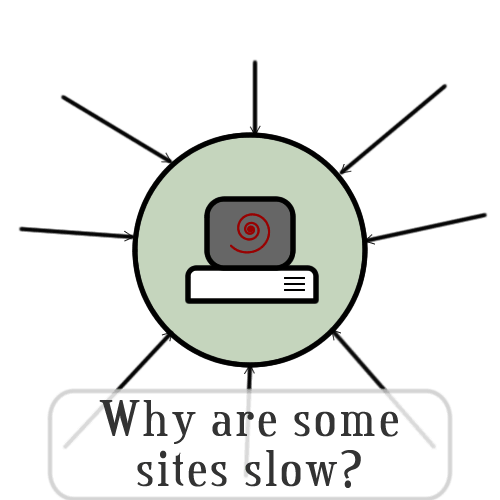
Quiz Review
The following are the primary take-aways from this "Why so Slow" section of What Makes the Web Work?.
A web page is more than just one request!
When you go to a web page, a request for some HTML is made. But this is just the start. Included in this HTML will be instructions for numerous additional requests. For example, go to www.amazon.com and you will over 400 requests for additional "assets".
HTML, CSS, and Javascript are just the beginning!
There a many other types of "assets" that web pages use to create the user's experience. Other types of "assets" include images, video, fonts, and data.
Only include those assets needed for the page
It is common for websites to include many "assets" that are never used (or seen) on a web page. For example, have you every been to a website that includes a great deal of photos but you don't scroll down to view them all?
Optimize those assets that you do include in your page!
Of course, the fewer the "assets" the quicker the page will load. But once you have determine the assets that you need on a page, there are a number of ways to speed up the delivery of these assets.
- Reduce the size of each assets. For example, reduce the size of a photo if all you need is a thumbnail.
- Group related assets into a single file. Each request for an asset has some overhead which you can eliminate by making delivering the multiple assets in a single request.
- Use a
CDN(Content Delivery Network) to deliver your assets even faster. - Use caching to reduce the time it takes on the server to put your assets together. This is especially relevant for data requests or request that require lots of server processing.